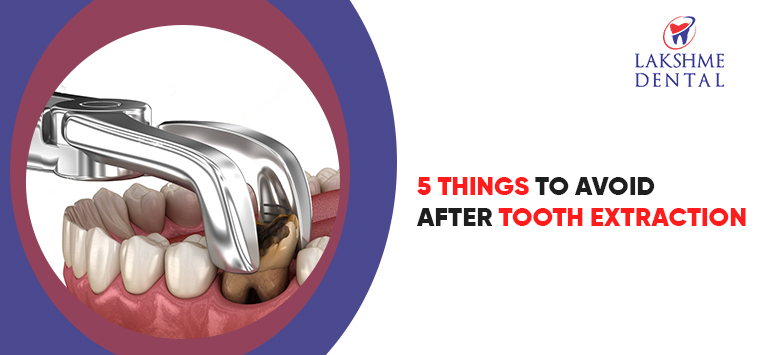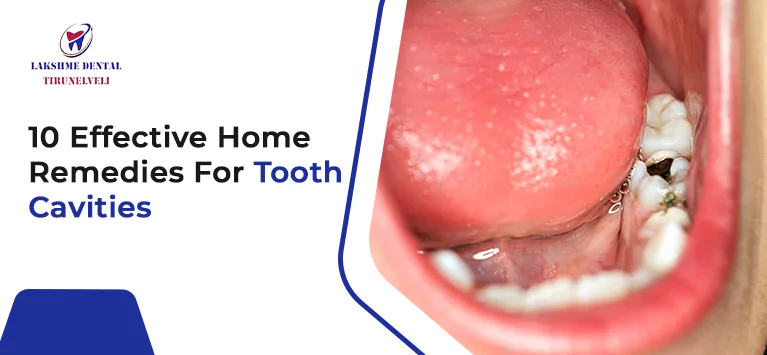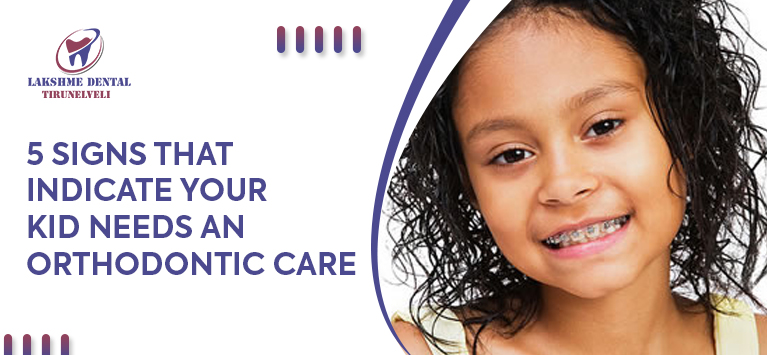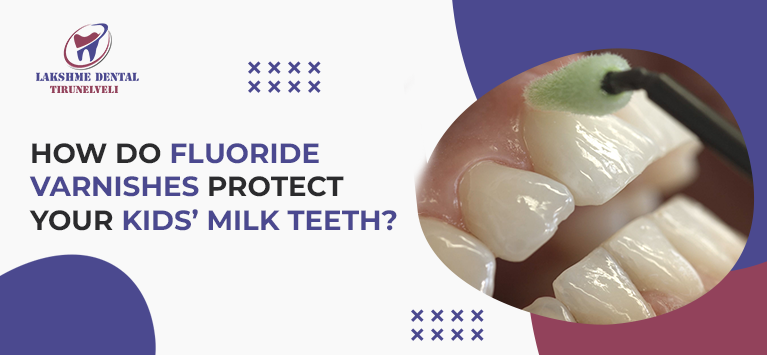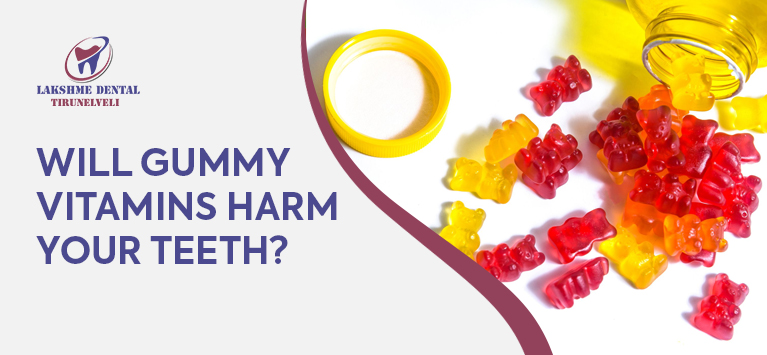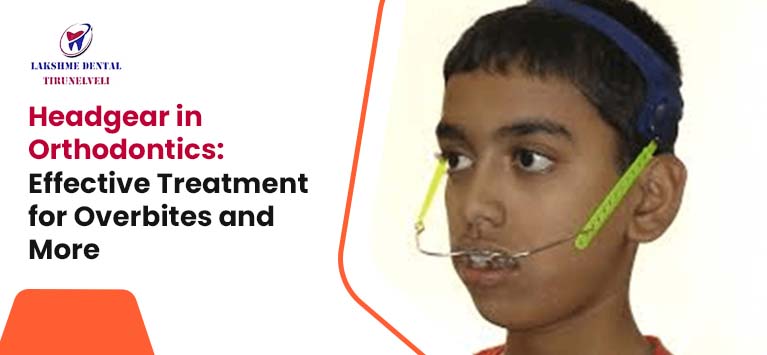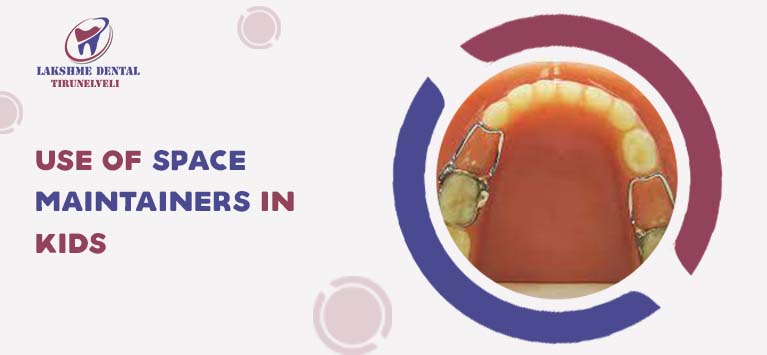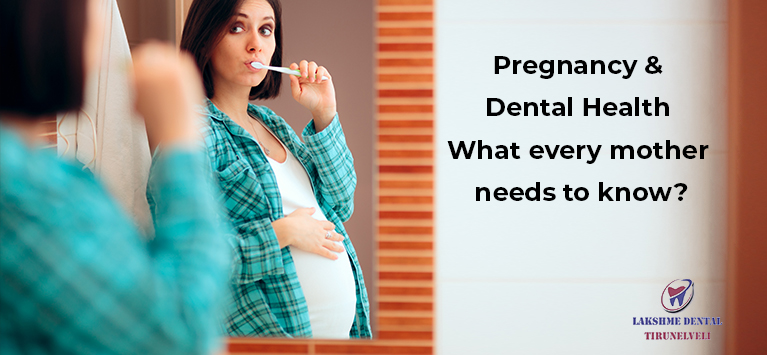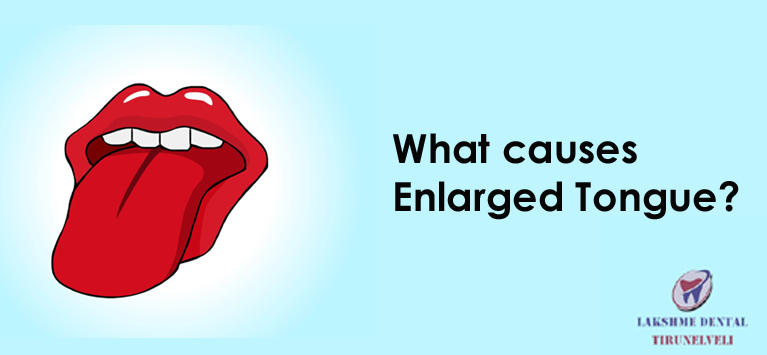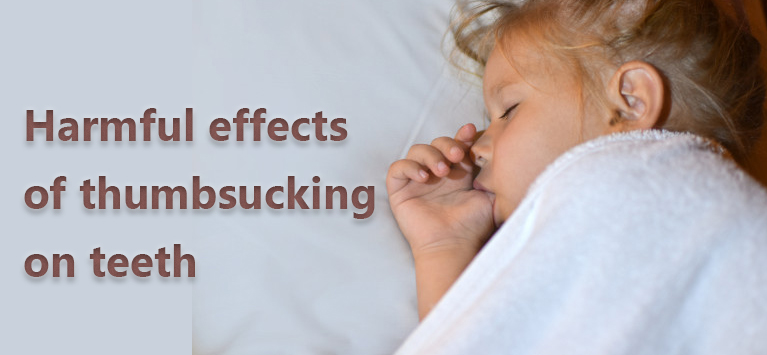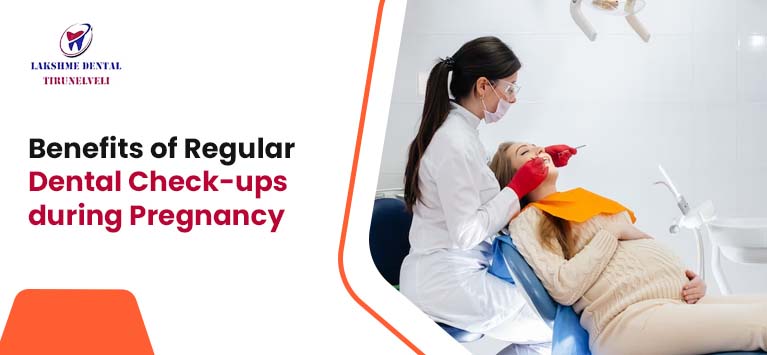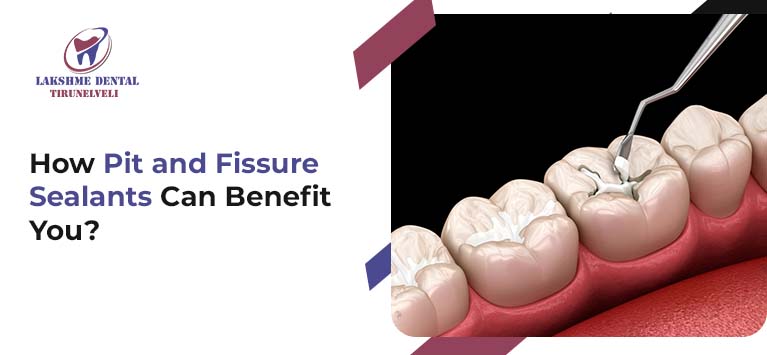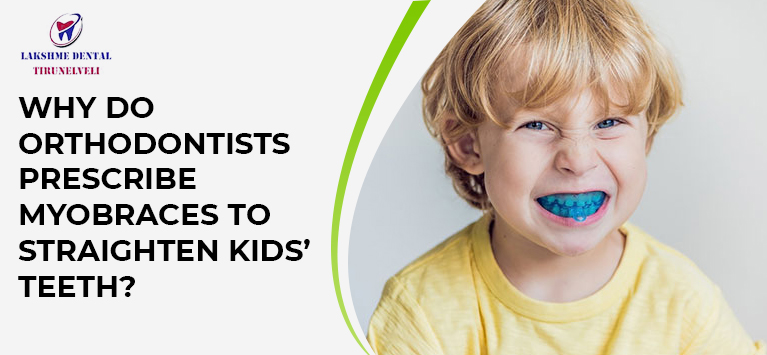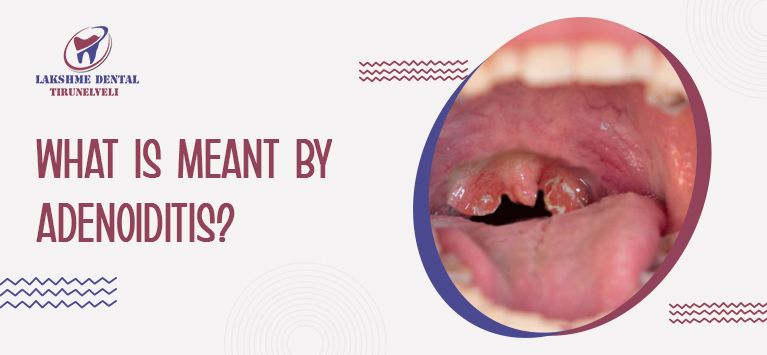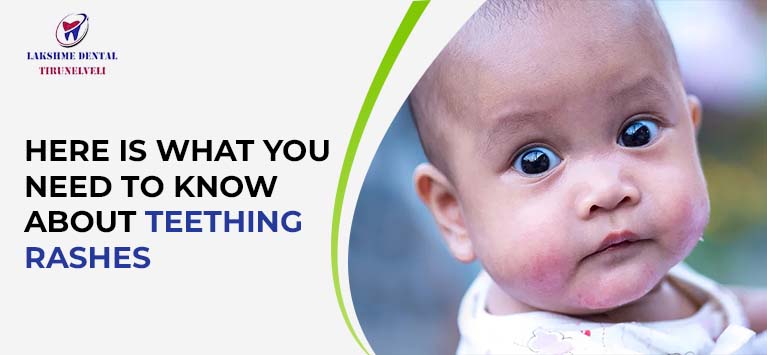
Teething Rashes in Babies:What You Need to Know?
Is your baby entering the teething phase? In that phase, your baby will likely drool more than ever. While teething, excessive drooling can irritate their skin and lead to a harmless teething rash around their mouth, cheeks, chin, neck, or chest. There is no need to worry since it is most common for babies to drool. But sometimes, treating these drool rashes through home treatments is possible. In this blog article, you will learn about tooth rashes in babies and how to treat them.
What are teething rashes?
Teething rashes is a kind of dermatitis that is caused by excessive saliva or drooling. Due to this, the skin around your baby’s mouth, cheeks, or chin may become irritated and inflamed when their saliva dribbles down and stays on their skin for prolonged periods. These rashes are sometimes called a drool rash, a lip licker’s dermatitis, or spit-up rash. This rash may appear red, bumpy, and inflamed. And it can be painful and itchy.
Does teething lead to a rash?
Your baby’s teeth will likely erupt between six to twenty-four months of age. They drool more than ever when teething, which can irritate their skin and cause rashes. These rashes develop persistently from food, saliva, constant wetness, and frequent rubbing of their skin from hugging, clothing, and playing.
When to see a doctor?
Teething is when a child’s teeth erupt through the gums, which can cause excessive saliva. Your baby’s skin may get irritated when this saliva comes out as drool. Teething rash sometimes resembles measles, hand, foot, mouth diseases, or eczema. Usually, these rashes come with symptoms like fever and illness. However, it is essential to differentiate rashes from other potential conditions. Although they aren’t serious, it is always better to consult a doctor to identify the rash.
A rash called petechiae accompanied by a fever requires prompt medical attention. Those are flat, red, pinpoint dots that do not become white when you press down on them. They need immediate medical attention since they have burst blood vessels.
Consult your pediatric doctor if the rash is
- worsen suddenly
- cracked
- bleeding
- weeping fluid
- accompanied by a fever, especially if your kid is under six months old.
How to treat them at home
The best way to treat your child’s teething rash is by keeping them clean and dry.
Applying topical cream or healing balm like vaseline on the skin can help to heal the rashes. Use prescribed emollient creams, which provide a water barrier to keep the area dry and prevent irritation on the skin. Keep the drool dry and clean immediately, and apply the cream on the skin multiple times daily. Don’t use any creams or lotions with fragrance or chemicals.
If the rash is severe or nothing works, you should seek immediate consultation with the doctor.
How to prevent teething rash
You cannot prevent your baby from drooling, but you can prevent drool from causing rashes by reducing the accumulation of saliva on your baby’s skin.
Here are some tips to remember:
- Using clean and fresh bibs to absorb the drool
- Dab your little one’s skin gently to avoid further irritation
- Have clean clothes on your hands to wipe up the drool.
- Limiting the use of pacifiers since they can cause more saliva to accumulate on the skin.
- Give them a cool teething ring or a cold washcloth to chew on to calm your baby’s gum.
- If your infant’s drool soaks through their clothes, put a bib on all day and change them often.
- Don’t over-rub your baby’s skin since this can worsen irritation.
Bottom line
Every child may experience a teething rash, the most common problem from excessive drooling caused when teething. It is not a serious problem and won’t harm your baby. But if it worsens, you can treat them with home remedies or consult a doctor.

